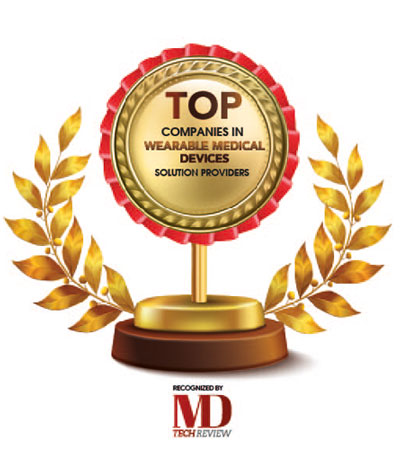Many patients start their medical and healthcare journeys by searching online. These organizations will use the Internet to create websites that will allow their patients to have fairly easy access to immediate treatment.
Fremont, CA: Medical professionals recognize the critical necessity of patient engagement. Communication with patients has become more effective thanks to innovative technology. Numerous clinics, hospitals, and medical institutions implement new technologies to provide essential and necessary data to physicians, nurses, and patients. These techniques are designed to make it easier for medical professionals to deliver appropriate treatment while saving time and money.
Here are the three current trends in digital patient management:
Many patients start their medical and healthcare journeys by searching online. These organizations will use the Internet to create websites that will allow their patients to have fairly easy access to immediate treatment.
Clinics, for example, can provide patients with self-help pages so that they can gain a fast understanding of possible health problems. Furthermore, having an online presence aids in the growth of your company. Some hospitals can also use their websites to allow people to request ambulances with a single click of a button. Patients may also use these sites to make appointments at imaging centers, potentially reducing wait times.
Reduced Risks of Physician and Nurse Burnout
Physician and nurse burnout can be reduced by implementing health IT solutions to increase digital patient experience. Many medical and healthcare organizations consider technology to be a modern necessity for providing adequate treatment to patients while reducing potential risks that impair doctor and nurse results, such as anxiety and stress while on duty. Industry professionals would find it easier to communicate with their customers if they use updated digital patient interaction platforms.
Furthermore, new collaboration systems adapt with workflow and accountabilities, helping physicians, nurses, and other medical workers to have a better work-life balance than before. Modern email and telehealth technologies can assist in reducing the use of telephones for non-urgent matters. While using telephones for internal communications is still necessary, these devices' sudden ringing can cause further disruption, disrupting efficient work.
Other communication channels, especially those that use the Internet, may be helpful in reducing distractions. As a result, staff members will be able to stay focused on their duties, minimizing the likelihood of medical malpractice.
Connected Devices
Connected devices that measure and monitor valuable health-related data are now accessible to a wide range of consumers. The data collected by these devices are intended to provide reliable data to physicians to quickly diagnose their patients' health.
Also, the patient can book online appointments with their doctors using a unique mobile app. Medical professionals may also use the app to request some health-related information from their patients. As a result, this mobile application can speed up checkups and increase the accuracy of diagnoses provided to patients.



